Safety in public buildings
Contents:
Nowadays, safety in public buildings is one of the key aspects we pay attention to. Buildings such as schools, hospitals, offices and shopping malls are visited by thousands of people every day.
That is why it is so important that they are equipped with appropriate security systems and emergency procedures that will ensure the safety of all people in them.
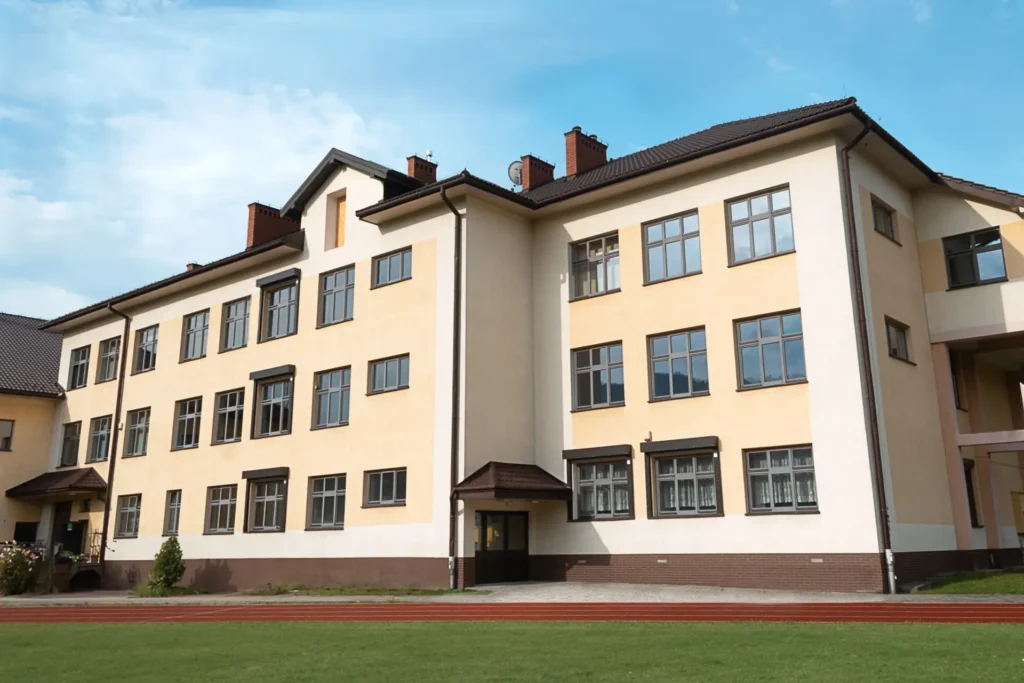
What is a public building?
Public buildings are facilities intended for use by the general public. These can be administrative buildings (offices, post offices), educational buildings (schools, kindergartens, universities), health buildings (hospitals, clinics), commercial buildings (shopping malls, large-format stores, underground garages), sports facilities (stadiums, sports halls), or cultural buildings (theaters, cinemas, operas). In short, they are places where a large number of people pass by every day, which makes them particularly vulnerable to various types of threats.
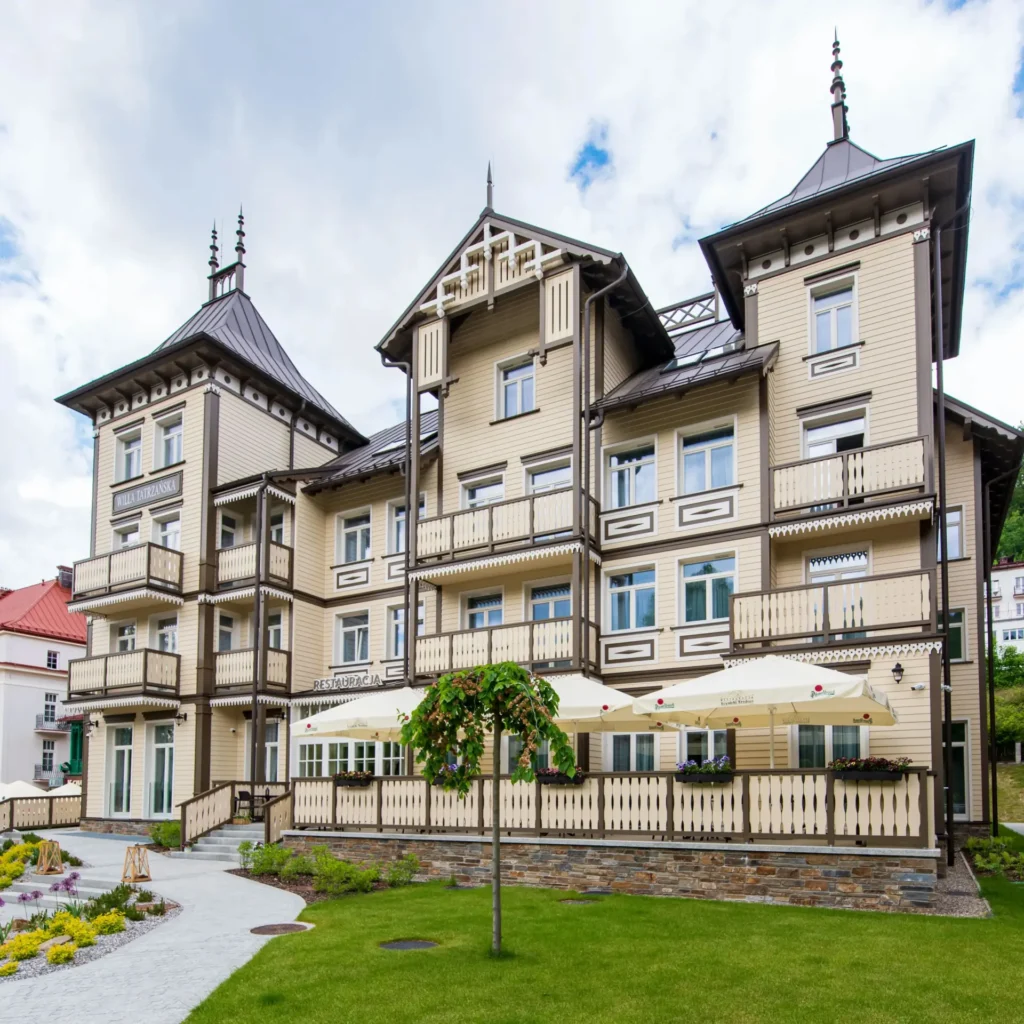
Types of hazards in public buildings
Threats in public buildings can range from fires to chemical threats to terrorist attacks. In each of these cases, it is necessary to apply appropriate protective measures and procedures that will minimize the risk of an incident and ensure quick and efficient action in a crisis situation.
Fire protection systems
One of the most important aspects of safety in public buildings is fire protection. Fires can break out suddenly and spread very quickly, which is why it is so important that buildings are equipped with appropriate protective systems. One of the important elements of fire protection are fire gates and smoke curtains.
Fire gates
Fire gates are special partitions in openings that are designed to prevent the spread of fire and smoke in the event of a fire. They are made of fire-resistant materials and operate automatically, closing when a fire is detected. This makes it possible to isolate the danger zones and ensure safe evacuation of people in the building.
Types of fire doors
Fire doors are divided into several main types, depending on their design and application. Sliding gates are ideal for large openings, providing an effective fire barrier with minimal use of space. Roller curtains are characterized by a compact design, which allows them to be installed even in limited spaces. Hinged gates, on the other hand, work well in places where ease and speed of evacuation are important.
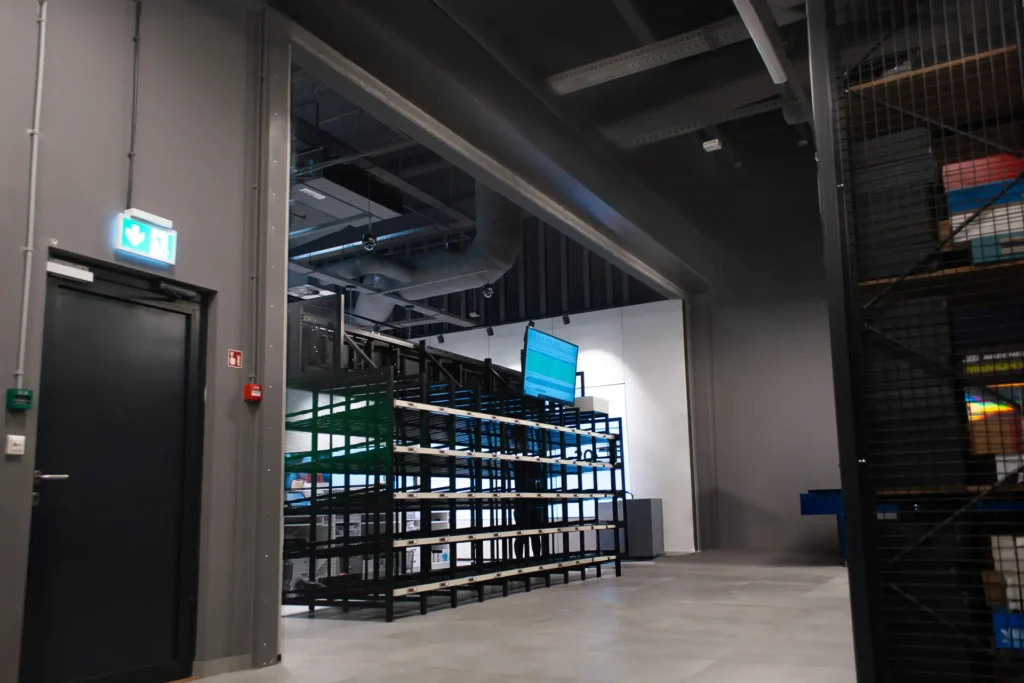
Application of fire gates
Fire gates in public buildings such as hospitals and schools provide safe escape routes, minimizing the risk to people. In libraries and archives, they protect valuable collections from being destroyed by fire. In cinemas and theaters, these gates separate the auditoriums from the rest of the building, protecting the spectators. In administrative buildings and offices, fire gates protect key documents and office equipment. In sports and leisure centers, these gates separate different zones, ensuring the safety of all users of the facility.
Smoke curtains
Smoke curtains are another important solution in the context of fire protection in public buildings. Their main task is to control the flow of smoke in the building during a fire. These curtains create barriers that prevent smoke from spreading to other areas of the building, which enables safer evacuation and minimizes the risk of smoke poisoning.
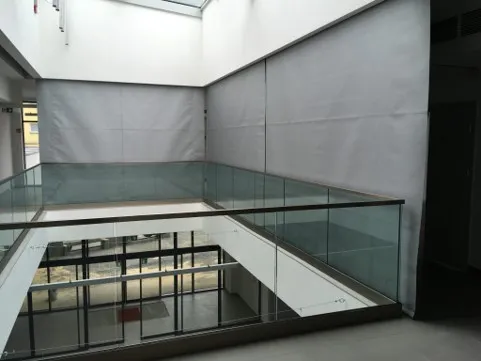
Types of smoke curtains
Smoke curtains can be fixed or movable. Fixed smoke curtains are permanently installed and do not change their position. Movable smoke curtains, on the other hand, operate automatically and can expand to form a smoke barrier as needed. Smoke curtains are made of high-temperature resistant materials and can withstand fire for a certain period of time.
Application of smoke curtains
Smoke curtains are used in various parts of the building. They can be installed in corridors, stairwells, emergency exits and in places where there is a risk of smoke spreading. Their main purpose is to secure routes and ensure the transparency of escape routes and facilitate the operation of emergency services.
Procedury ewakuacyjne
Bardzo ważnym elementem bezpieczeństwa w budynkach użyteczności publicznej są dobrze opracowane i przetestowane procedury ewakuacyjne. W sytuacji kryzysowej, takiej jak pożar, szybka i sprawna ewakuacja jest kluczowa dla minimalizacji ryzyka obrażeń lub śmierci.
Plany ewakuacyjne
A very important element of safety in public buildings are well-developed and tested evacuation procedures. In an emergency situation such as a fire, a quick and efficient evacuation is crucial to minimize the risk of injury or death
Employee training
Safety and evacuation training is essential for all employees of public buildings. Employees should be trained in the use of fire-fighting equipment, knowledge of evacuation procedures and emergency response skills. Regular evacuation drills help maintain a high level of preparedness and effectiveness.
Regular inspections and maintenance of fire safety systems
In order for safety systems to work efficiently, regular inspections and maintenance are necessary. This applies to both fire protection systems and other security measures, such as alarm systems or monitoring. Regular inspections allow you to detect possible defects and prevent their more serious consequences.
Technical inspections
Technical inspections should include an inspection of all security systems in the building. Fire gates, smoke curtains, alarm systems, smoke detectors and fire extinguishing systems are inspected. Detecting and fixing defects at an early stage avoids more serious problems in the future.
System maintenance
Maintenance of safety systems includes regular cleaning, repair and replacement of worn components. In the case of fire doors and smoke curtains, it is important that they are always fully operational and ready for action at any time. Regular maintenance increases their reliability and extends their service life.
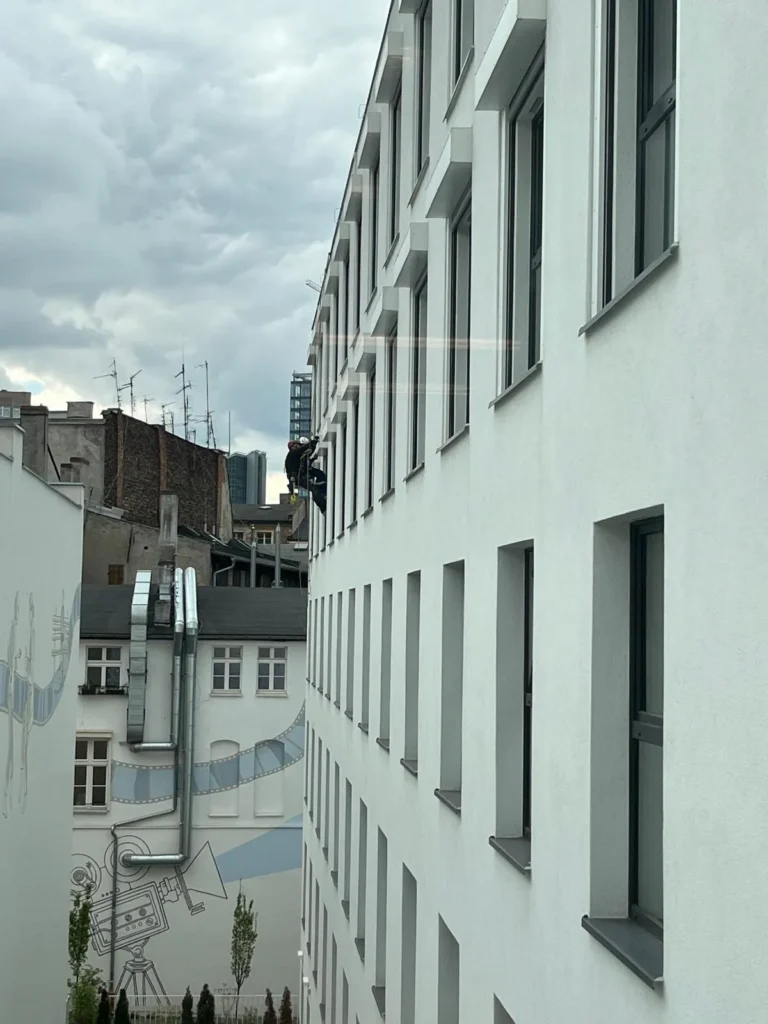

Modern technologies in security
Modern technologies, which are more often used, increase safety in public buildings. They enable more effective monitoring of the situation and a faster response in the event of danger.
Monitoring systems
Monitoring systems play a key role in ensuring safety, ensuring peace of mind and protection of all users of the facility. Surveillance cameras allow you to keep track of the situation in the building and quickly respond to any threats. Modern monitoring systems are often integrated with other security systems, which allows for an even faster and more effective response.
Intelligent alarm systems
Intelligent alarm systems are able to independently analyze data and detect potential threats. Thanks to advanced algorithms, they can quickly and precisely determine the location of the threat and trigger appropriate alarm procedures. This significantly increases efficiency and minimizes the risk of false positives.
Summary
Safety in public buildings is an extremely important topic that requires a comprehensive approach. From appropriate fire protection systems to well-developed evacuation procedures to regular inspections and maintenance of the systems, each of these components plays a key role in ensuring safety. Modern technologies further increase the effectiveness of operations, enabling faster and more precise response to possible threats.

















